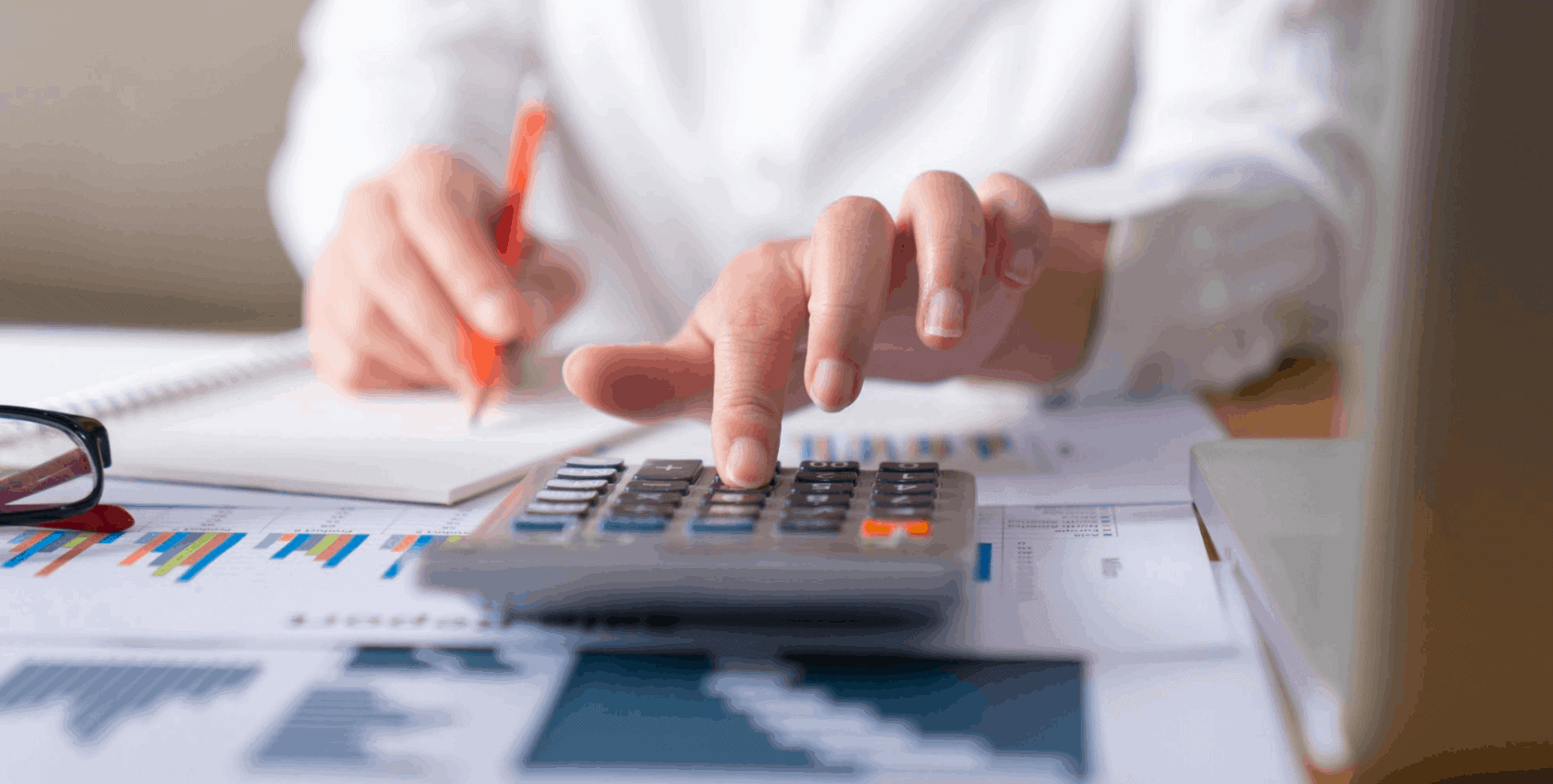Unexpected bills, like an emergency car repair or medical bill, are a fact of life.
Yet not everyone can afford to pay up when those kinds of unforeseen events arise.
Just 39% of Americans can afford a $1,000 unexpected expense, according to a new survey from Bankrate.com.
The results mark a slight decline in Americans’ ability to over emergencies compared to past years. In 2020, 41% of respondents said they could afford an unexpected $1,000 bill, while 40% said the same in 2019.
Considering high unemployment has persisted throughout the pandemic, capped by more job losses than expected in December, this year’s decrease might not sound that dramatic.
The slight change can be explained by the K-shaped recovery the economy is experiencing, whereby different sectors and workers bounce back at different rates, according to Greg McBride, chief financial analyst at Bankrate.com.
“There’s more and more people who have been out of work six months or more,” McBride said. “By the same token, there are households that are getting cabin fever, and it’s that pent-up demand to take a vacation or go to a ball game.”
The rest of the survey respondents indicated they would have to leverage themselves somehow to pay the $1,000 expense — 38% said they would borrow the money, 18% would charge it on a credit card, 12% would borrow from friends or family, and 8% would take out a personal loan.
Meanwhile, just 18% of respondents said they would reduce their spending on other areas.
Unsurprisingly, those who have higher incomes were more likely to be able to cover the surprise bill. The survey found 58% of households with $75,000 or more in annual income could pay up, compared to just 21% of households earning less than $30,000.
Gen Xers were most likely to be able to pay, with 46%, versus 45% of baby boomers and 33% of millennials.
Overall, 44% of people are expecting their finances to improve this year.
Younger millennials are most optimistic their financial fortunes will change in 2021, with 53% expecting their situations to improve. That compares with 47% of older millennials, 45% of Gen Xers and 46% of young baby boomers. Just 28% of those 66 and up said the same, which may be a testament to that cohort’s lingering cynicism from the Financial Crisis, according to McBride.
Much of whether or not that improvement happens will depend on the success of the Covid-19 vaccine rollout.
“That is the bridge to the other side of this pandemic,” McBride said. “Everything really hinges on the success of that.”
Those who are hurting financially probably aren’t focused on saving now.
But they may be able to look forward to help from two sources — stimulus checks and tax refunds — to help them get through this time, provided they qualify.
The government is in the process of sending out $600 payments per person. Meanwhile, President-elect Joe Biden has ramped up his calls for $2,000 checks in recent days.
If you are in a place where you can put money aside — even if it’s just a small amount — your chances are success are better if you resolve to make saving a habit, McBride said.
“As you get back to a full schedule, income that more closely resembles what you had pre-pandemic, set up a direct deposit from your pay check into a dedicated savings account,” McBride said.
Automating savings, where you schedule money to come out of your pay, is key to successfully building cash reserves.
“If you wait until the end of the month and try to save what’s left over, too often there’s nothing left over,” McBride said. “And when there is, there’s no consistency to it.
“That’s why you have to pay yourself first.”
Bankrate.com’s telephone survey was conducted in December and included 1,003 respondents.

